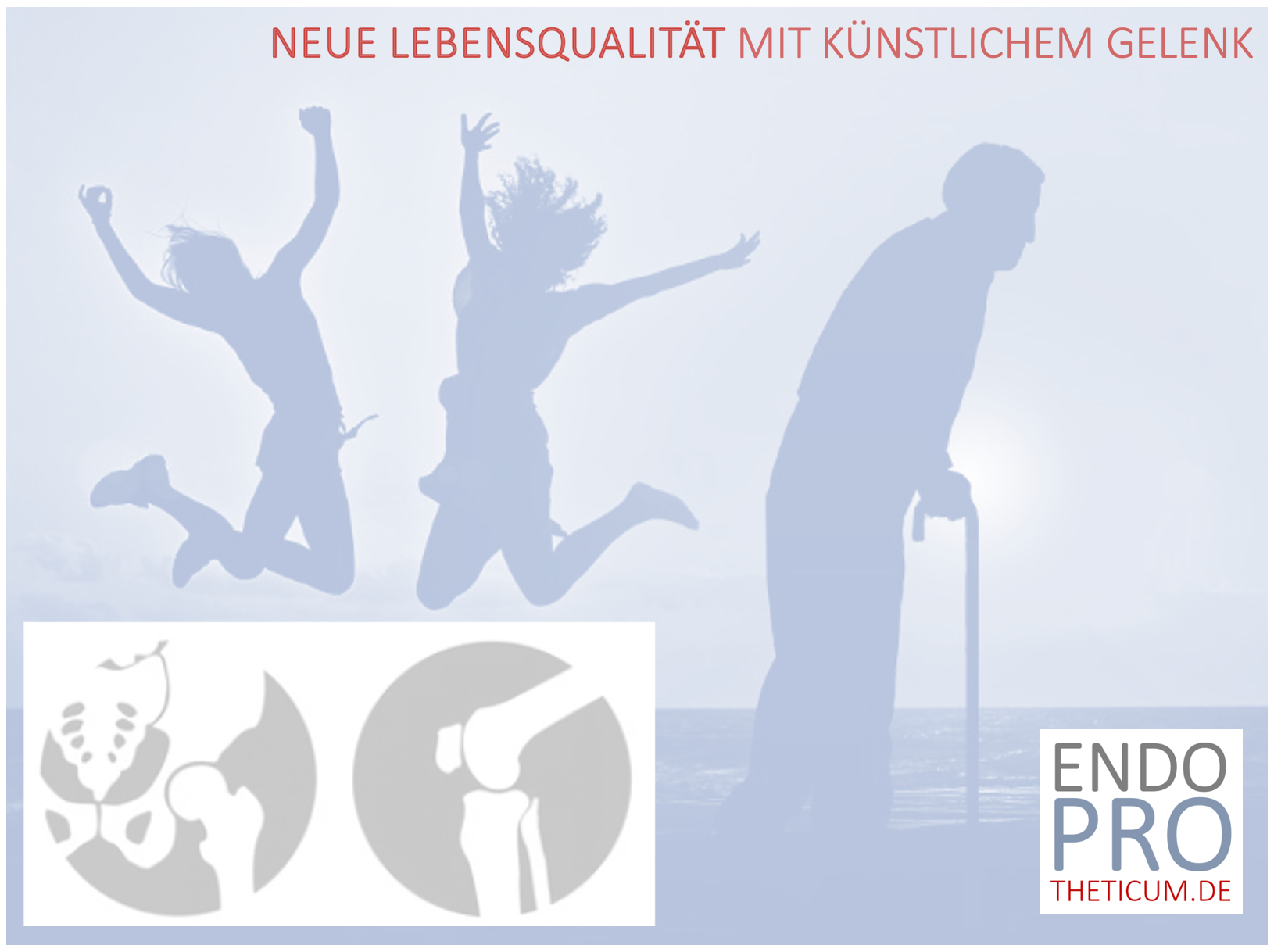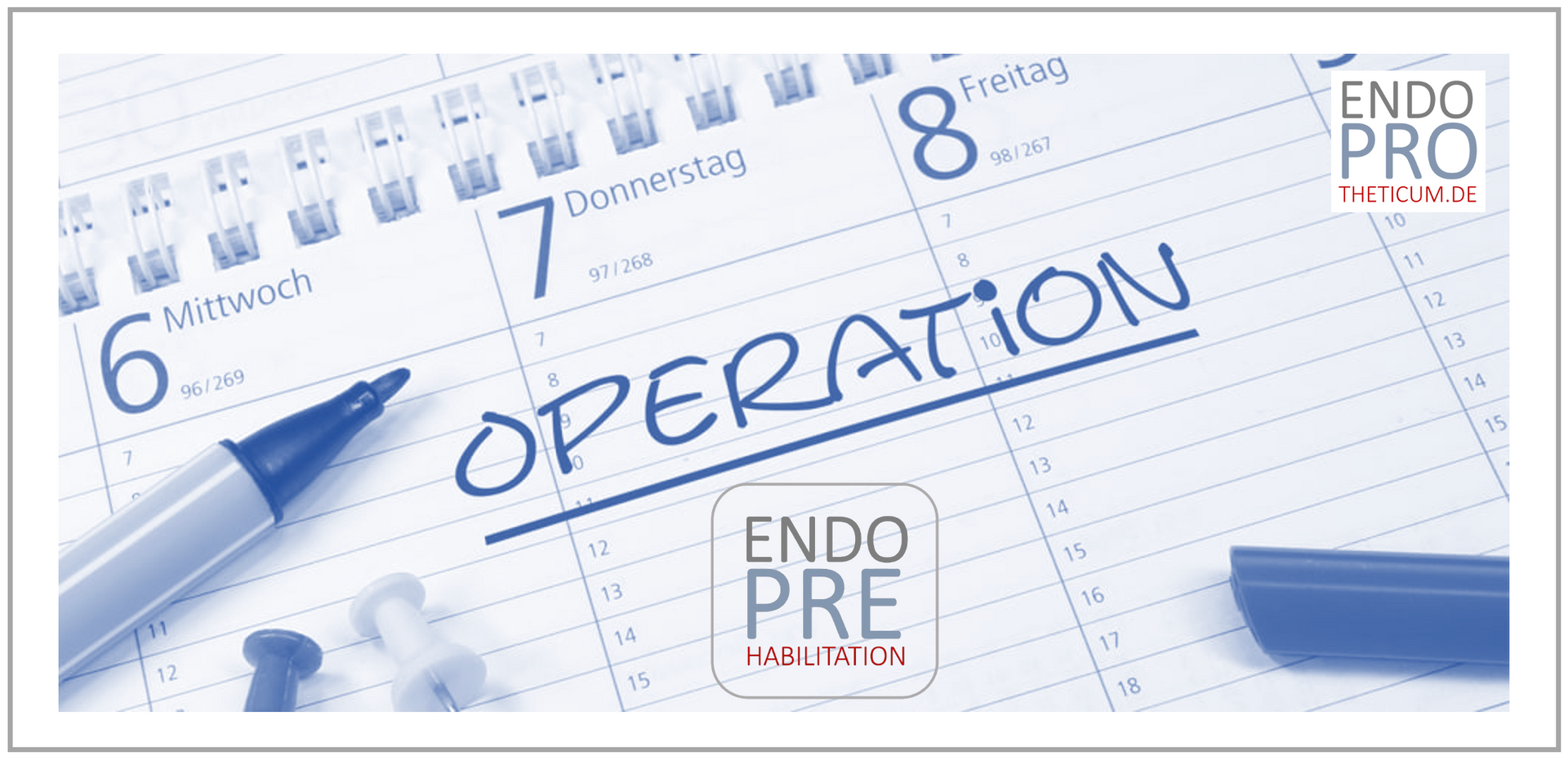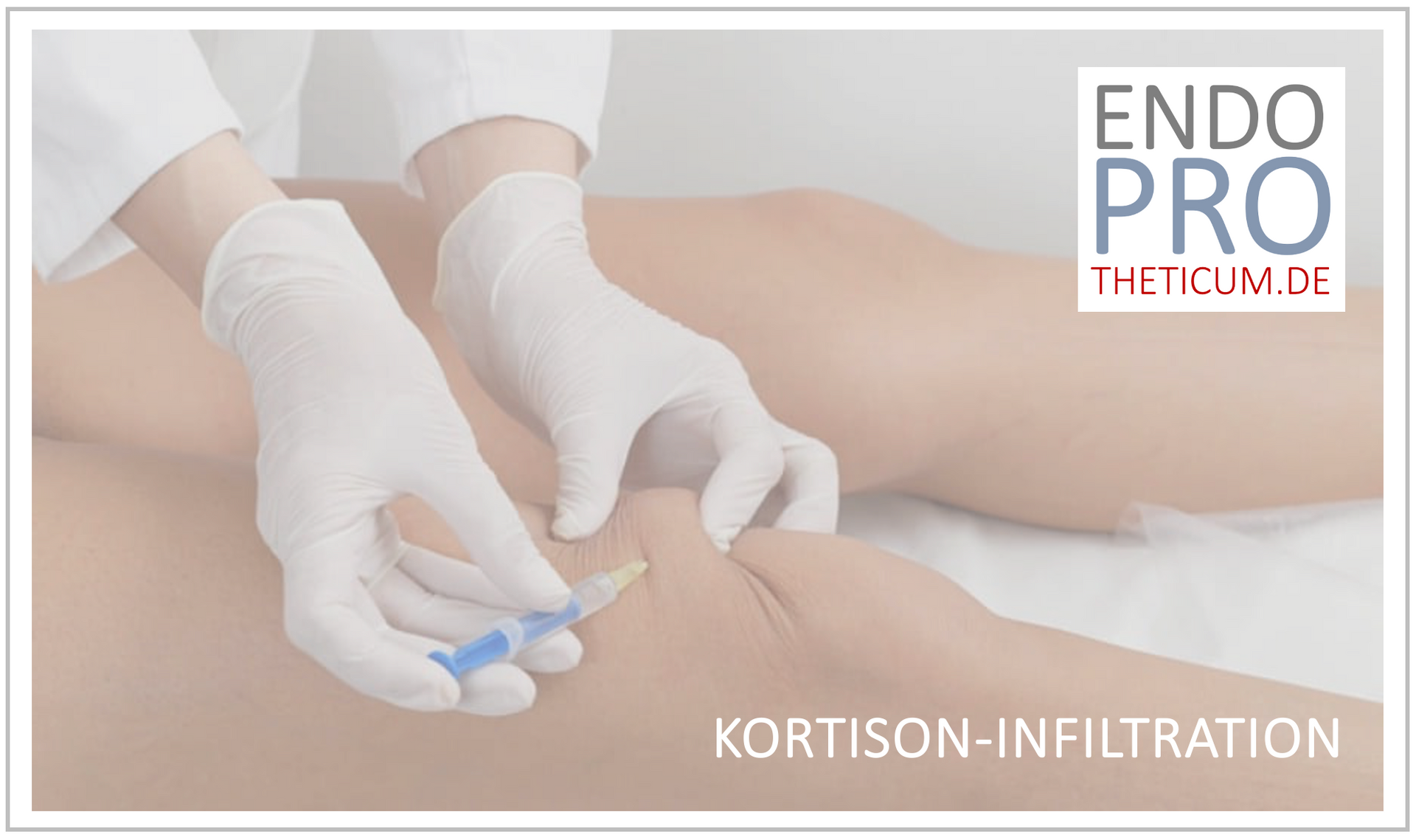Axis -led knee prosthesis - the plus in stability
How coupled knee prostheses can help with instability and clear malpositions

The knee prosthetics have made enormous progress in recent decades to enable patients with severe osteoarthritis or joint problems a pain -free and active lifestyle. In particular, the axis-led or coupled knee prosthesis (knee-tep) has established itself as a solution that is used in cases with advanced instability or complex joint diseases. This modern variant of the artificial knee joint offers maximum stability and functionality.
The degree of coupling from knee prostheses
1. Participated in the knee prostheses (Cruciate Retaining, CR)
These prostheses usually receive the rear cruciate ligament, which enables more natural stability and movement.
- Description: The design allows the rear cruciate ligament to keep its function, which optimizes the power transmission in the knee. The prosthesis supports without taking over the entire stability.
- Indication: Suitable for patients with mild to moderate knee damage in which the rear cruciate ligament is still functional.
- Example: Total prostheses that especially protect the rear cruciate ligament (CR prostheses).
- Advantages:
- Almost natural movements.
- Preservation of band structures leads to a better proprioception.
- Disadvantages:
- Not suitable for degenerated or damaged cross bands.
- Danger of instability
2. Posterior-stabilized knee prostheses (posterior stabilized, PS)
These prostheses replace the function of the rear cruciate ligament with a mechanical stabilizer.
- Description: A central leadership base and a nocke in the prosthesis system take on the task of the rear cruciate ligament by securing the stability in flexion and extension. The front cruciate ligament remains removed.
- Indication: Patients with a missing or non -functional rear cruciate ligament.
- Example: fully coupled PS knee prostheses.
- Advantages:
- Reliable stability with a limited band apparatus.
- Precise and defined movement.
- Disadvantages:
- Increased wear of the central stabilizer possible.
3. Boarded or axle -guided knee prostheses
These prostheses have a mechanical axis that stabilizes the knee joint and leads movements in a given radius.
- Description: The coupling mechanism combines the femoral and tibial part of the prosthesis over an axis. As a result, the knee joint is actively stabilized, regardless of ribbons or tissue states.
- Indication: Patients with severely damaged or completely unstable band apparatus, for example in revisions, tumor resections or heavily deformed knees.
- Example: axle -guided knee prostheses.
- Advantages:
- High stability even with complete band and bone loss.
- Safe movement sequence for serious complications.
- Disadvantages:
- More complex design requires precise implantation.
- High loss of bone material in the operation.
4. Joint bridging or modular knee prostheses
These are used for extreme cases in which a large part of the knee joint and the surrounding structures have been damaged or removed.
- Description: These systems use modular components that can bridge the entire area between femoral and tibial part. In some cases, metal extensions are used to compensate for considerable bone losses.
- Indication: often in tumor patients, after multiple revisions or severe trauma with extensive tissue damage.
- Example: tumor prostheses or prostheses with bone bridges.
- Advantages:
- Maximum stability and adaptation to extremely complicated cases.
- Disadvantages:
- Elaborate surgery with a clear loss of natural structures.
The choice of the appropriate degree of coupling depends on the patient's individual initial situation. While unclouded or partially coupled prostheses are suitable for less damaged knees, heavily coupled or joint -bridging prostheses offer maximum stability in complex diseases or after repeated interventions. The decision should always be made on the basis of careful diagnostics and individual patient advice.
What is an axle -guided knee prosthesis?
An axle -guided knee prosthesis or coupled knee prosthesis is a special form of the artificial knee joint, which was primarily developed for patients whose band apparatus is damaged or insufficient. In contrast to conventional knee prostheses, the axle -guided variant is partially or entirely the stabilization of the joint.
The central axis, which is integrated between Femur (thigh bones) and Tibia (shin), acts as a mechanical leadership and ensures:
- Lateral stability during movements
- Precise joint movements , even with strong band wear
- High durability , even in complex conditions
Differences between axle -guided knee prostheses and conventional models
Axis -led knee prostheses or coupled knee prostheses differ fundamentally from conventional models by their construction, function and the associated advantages for certain patient groups. While conventional knee prostheses mainly rely on the natural stability of the surrounding tissue and the remaining ligaments, axle -guided models actively take on the stabilization of the knee joint.
- Mechanical stability and axle guidance
In the case of an axle -guided knee prosthesis, a specially designed joint mechanism - consisting of a central axle guideline element - ensures precise movement. In contrast to conventional prostheses, which leave a large part of the movement stability to the cross bands and side bands, integrated leadership components take on this task for axle -guided models. This ensures a safe movement, especially in patients with badly damaged or missing cross bands. - Indications and patient groups
Conventional knee prostheses are particularly suitable for patients whose band apparatus and congregation are in good condition. In contrast, axle -guided models are preferred in patients with unstable knee joints, severe arthrosis damage or malpositions in which natural stability is no longer sufficient. Even in revisions of previous knee prosthesis implants or in complex orthopedic cases, axle -guided models are often the better choice. - Biomechanical differences
A significant difference is in the way the prostheses absorb and distribute forces. Conventional knee prostheses try to reproduce the natural anatomy and function of the knee as precisely as possible, but this brings restrictions on unstable joints. Axis -led knee prostheses, on the other hand, specifically lead the movement along a given axis, which significantly improves the function in the event of serious damage. This stability is particularly advantageous in situations in which side or rotatorial stress occurs. - Operation -related requirements
The implantation of an axle -guided knee prosthesis requires special surgical knowledge and precise planning, since the mechanical axis of the leg must be taken into account exactly. In contrast, the requirements for conventional prostheses are often less complex, especially in the case of less badly damaged joints. The positioning and fixation of the leadership components in axle -guided prostheses also require high precision, since these form the foundation for correct function and stability. - Long -term results and functionality
Axle -guided knee prostheses offer significantly better results in terms of stability, pain reduction and mobility for specific patient groups. Especially in patients with heavily degenerate or traumatic damaged joints, where conventional models reach their limits, axle -guided models impress with their durability and resilience. Studies show that they often achieve greater satisfaction with these special indications. At the same time, conventional models for patients without complex damage images are often sufficient and also offer excellent long -term results.
In summary, axle -guided knee prostheses offer a significant advantage in relation to stability and function in difficult cases, while conventional prostheses are still an excellent solution for less complex interventions. The choice of the appropriate model depends heavily on the individual situation of the patient and the requirements for stability, mobility and quality of life.
When is a coupled knee prosthesis necessary?
An axle -guided knee prosthesis is typically used in complex situations. Indications include:
- Advanced band loss:
- After accidents or injuries to the cross bands or side ligaments.
- Severe osteoarthritis or rheumatoid arthritis:
- Especially when the joint integrity is massively impaired.
- Revision operations:
- In the event of failed first implantations or loosened knee prostheses.
- Deformities of the knee joint:
- For example, due to axis deviations (O or X legs) that other prosthesis types cannot compensate for.
Advantages of the axle -guided knee prosthesis
An axle -guided knee prosthesis offers considerable advantages over conventional prostheses, especially with complex knee problems. Here are the main advantages:
- Optimal stability: The mechanical axis ensures stability even with completely insufficient ligaments.
- High mobility: patients benefit from natural movement and improved function.
- Adaptability: specially designed for challenging anatomical conditions.
- Longevity: Modern materials ensure high abrasion resistance and thus a long shelf life.
Materials and technology
The choice of material is a decisive factor for the function and durability of a knee prosthesis. Axis -led knee prostheses consist of:
- High -performance plastics: These minimize the abrasion and ensure smooth movement.
- Titan and alloys: light, stable and biocompatible.
- Ceramic elements: reduce friction and increase the durability.
Modern manufacturing techniques such as 3D printing also allow precise adaptation to the individual anatomy.
The operation: precision and expertise
The implantation of an axle -guided knee prosthesis is technically demanding and requires detailed preoperative planning. The central aspects include:
- Digital planning: scaled X -ray images and CT data help to determine the ideal prosthesis size and position.
- Minimally-invasive procedures: These techniques minimize soft tissue dreams and accelerate recovery.
- Navigation technology: Computer -aided systems ensure millimeter -precise implantation.
Risks and complications
As with every operation, there are certain risks when implanting an axle -guided knee prosthesis:
- Infection risk (today extremely low thanks to sterile technology).
- Possible loosening of the prosthesis.
- Nachoperative muscle building necessary to achieve optimal results.
Rehabilitation: This is how recovery succeeds
Successful rehabilitation is the key to fully exploited the advantages of an axle -guided knee prosthesis. The rehabilitation process includes:
- Early mobilization: On the first day after the operation, patients are mobilized with walking supports.
- Physiotherapy: strengthening exercises and gait training ensure the structure of the surrounding muscles.
- Long -term aftercare: Regular check -ups ensure long -term function.
Conclusion: the plus in stability
The axis -led knee prosthesis represents a maximum variant of modern knee endoprosthetics. Due to its ability to ensure the highest level of stability even with unstable joints, it offers many patients a real chance of quality of life. The combination of innovative technology, precise implantation technology and comprehensive aftercare makes it an excellent choice for very complex knee problems.
With the right preparation, an experienced surgeon and an individual rehabilitation program, the way back to an active life is possible.
MAKE AN APPOINTMENT?
You are welcome to make an appointment either by phone or online .



























